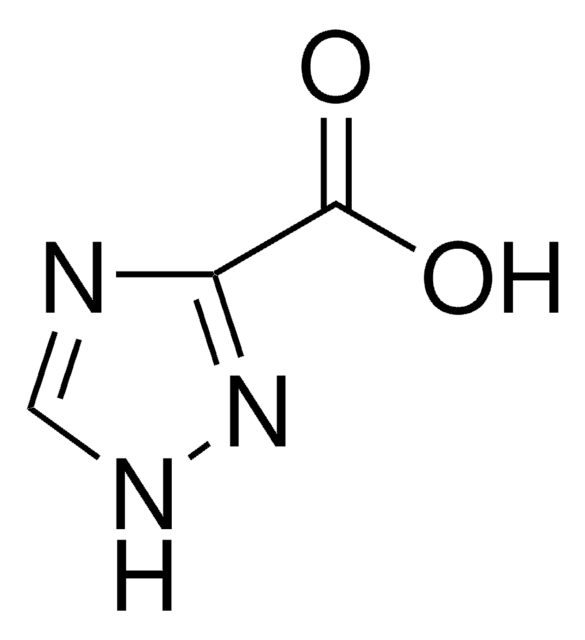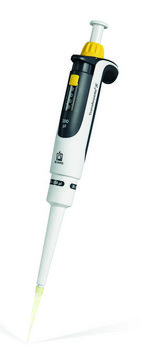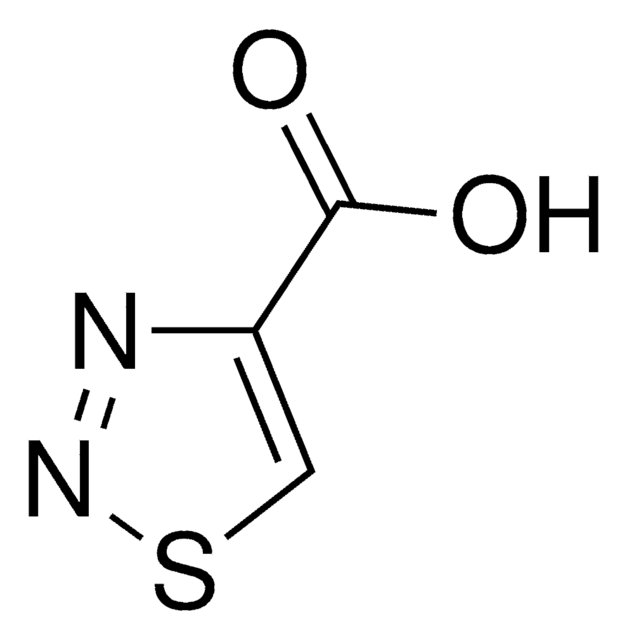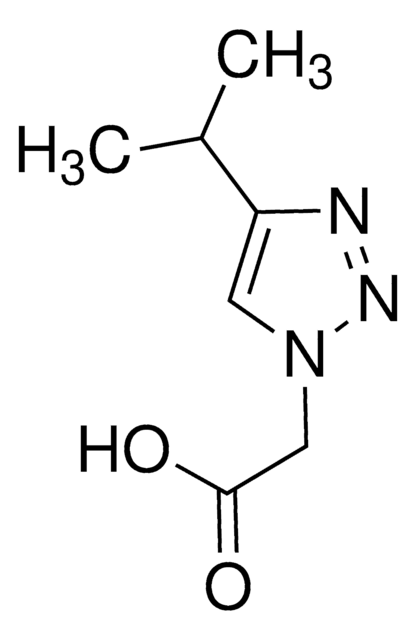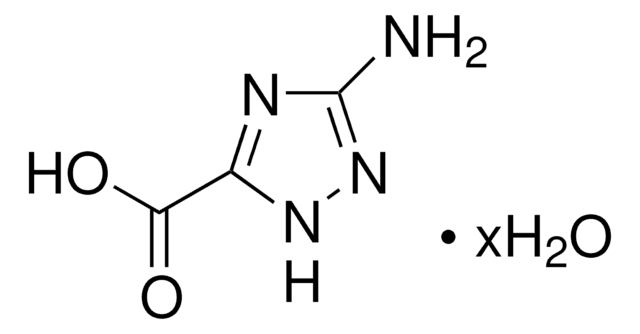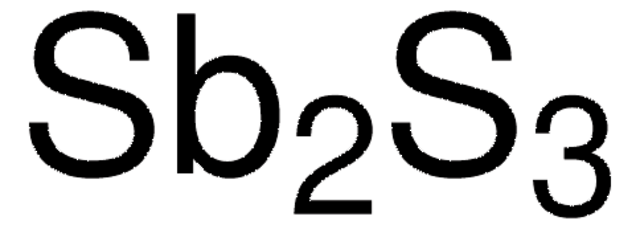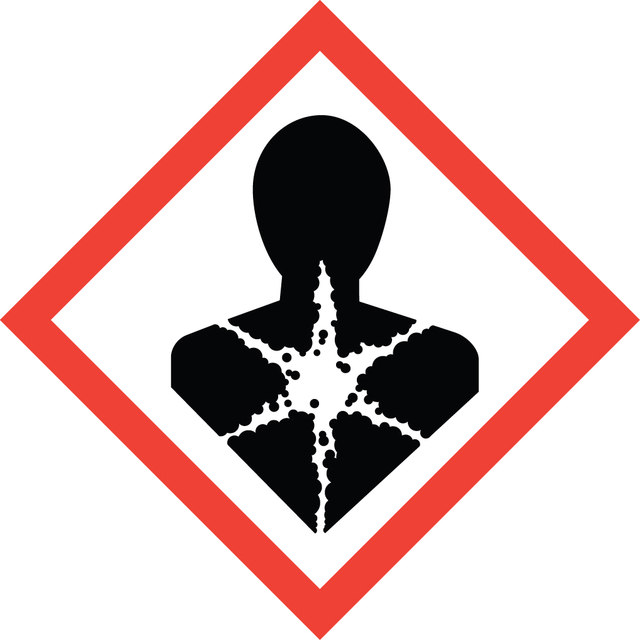229466
Antimony(III) sulfide
99.995% trace metals basis
Sélectionner une taille de conditionnement
1 783,00 MYR
Sélectionner une taille de conditionnement
About This Item
1 783,00 MYR
Produits recommandés
Niveau de qualité
Essai
99.995% trace metals basis
Pf
550 °C (lit.)
Densité
4.64 g/mL at 25 °C (lit.)
Chaîne SMILES
S=[Sb]S[Sb]=S
InChI
1S/3S.2Sb
Clé InChI
IHBMMJGTJFPEQY-UHFFFAOYSA-N
Vous recherchez des produits similaires ? Visite Guide de comparaison des produits
Catégories apparentées
1 of 4
Cet article | 244562 | 10783 | 333190 |
|---|---|---|---|
| Quality Level 100 | Quality Level 100 | Quality Level 100 | Quality Level 100 |
| assay 99.995% trace metals basis | assay - | assay ≥95.0% | assay 99% |
| mp 550 °C (lit.) | mp 550 °C (lit.) | mp - | mp - |
| density 4.64 g/mL at 25 °C (lit.) | density 4.64 g/mL at 25 °C (lit.) | density - | density 7.7 g/mL at 25 °C (lit.) |
Description générale
Application
- Thermal decomposition of tris(O-ethyldithiocarbonato)-antimony(III): A single-source precursor for antimony sulfide thin films, important for developing materials with specific optical properties (Eensalu et al., 2022).
- Antimony sulfide as a light absorber in highly ordered, coaxial nanocylindrical arrays: Discusses the integration of antimony sulfide into photovoltaic devices, significant for chemists interested in renewable energy solutions (Wu et al., 2015).
- Syntheses and characterization of one-dimensional alkali metal antimony (III) thiostannates: Explores novel antimony(III) sulfide compounds for potential use in electronic and photonic devices (Yohannan and Vidyasagar, 2015).
- Antimony (III) speciation in hydrosulfide solutions: Provides insights into the geochemical behavior of antimony sulfide complexes, important for environmental chemists and academia studying heavy metal cycling (Olsen et al., 2019).
Mention d'avertissement
Warning
Mentions de danger
Conseils de prudence
Classification des risques
Aquatic Chronic 3 - Carc. 2 - STOT RE 2
Organes cibles
Lungs
Code de la classe de stockage
6.1C - Combustible acute toxic Cat.3 / toxic compounds or compounds which causing chronic effects
Classe de danger pour l'eau (WGK)
WGK 2
Point d'éclair (°F)
Not applicable
Point d'éclair (°C)
Not applicable
Équipement de protection individuelle
dust mask type N95 (US), Eyeshields, Gloves
Faites votre choix parmi les versions les plus récentes :
Déjà en possession de ce produit ?
Retrouvez la documentation relative aux produits que vous avez récemment achetés dans la Bibliothèque de documents.
Notre équipe de scientifiques dispose d'une expérience dans tous les secteurs de la recherche, notamment en sciences de la vie, science des matériaux, synthèse chimique, chromatographie, analyse et dans de nombreux autres domaines..
Contacter notre Service technique